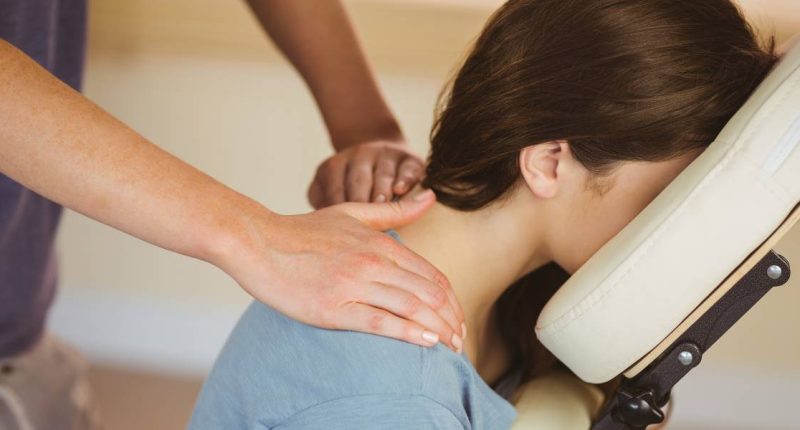The role of neck muscles in tension headaches and migraines has been identified in a new study which could help pave the way for future treatments.
Researchers have recorded subtle inflammation within the muscles to provide the first objective evidence of the “very frequent involvement of the neck muscles in primary headaches”.
It goes some way in helping to explain primary headaches – typically tension-type headaches and migraines – in a field where the underlying causes are not fully understood.
While neck pain is known to be linked to these sorts of headaches, there is a lack of biomarkers for the involvement of myofascial pain, which is linked to muscles or the connective tissue surrounding the muscles becoming inflamed or irritated.
- Diabetes injection exenatide could combat severe headaches
- GP shares key factors that are vital for our health
- Consequences of Covid may cause more deaths than the virus itself, experts warn
This latest research set out to investigate the links between headache and neck pain frequency using MRI.
The study involved 50 mostly female participants aged between 20 and 31. Sixteen of the participants had tension headache while 12 had tension headache along with episodes of migraine.
Using MRI, researchers manually segmented the bilateral trapezius muscles and extracted muscle T2 values, with the team analysing the links between those and neck pain.
They found that the highest muscle T2 values were found in those with tension-type headache with migraine.
The team also found a significant link between muscle T2 and the number of headache days and experience of neck pain.
Dr Nico Sollmann, from the University Hospital Ulm and University Hospital Rechts der Isar in Germany, said: “The quantified inflammatory changes of neck muscles significantly correlate with the number of days lived with headache and the presence of subjectively perceived neck pain.
- Combination of coffee and milk can bring anti-inflammatory benefits
- Lack of vitamin D associated with chronic inflammation
- Yoga can stop cancer spreading by reducing inflammation
“Those changes allow us to differentiate between healthy individuals and patients suffering from primary headaches.”
He went on to say: “Our imaging approach provides first objective evidence for the very frequent involvement of the neck muscles in primary headaches, such as neck pain in migraine or tension-type headache, using the ability to quantify subtle inflammation within muscles.
“Our findings support the role of neck muscles in the pathophysiology of primary headaches.
“Therefore, treatments that target the neck muscles could lead to a simultaneous relief of neck pain, as well as headache.”





